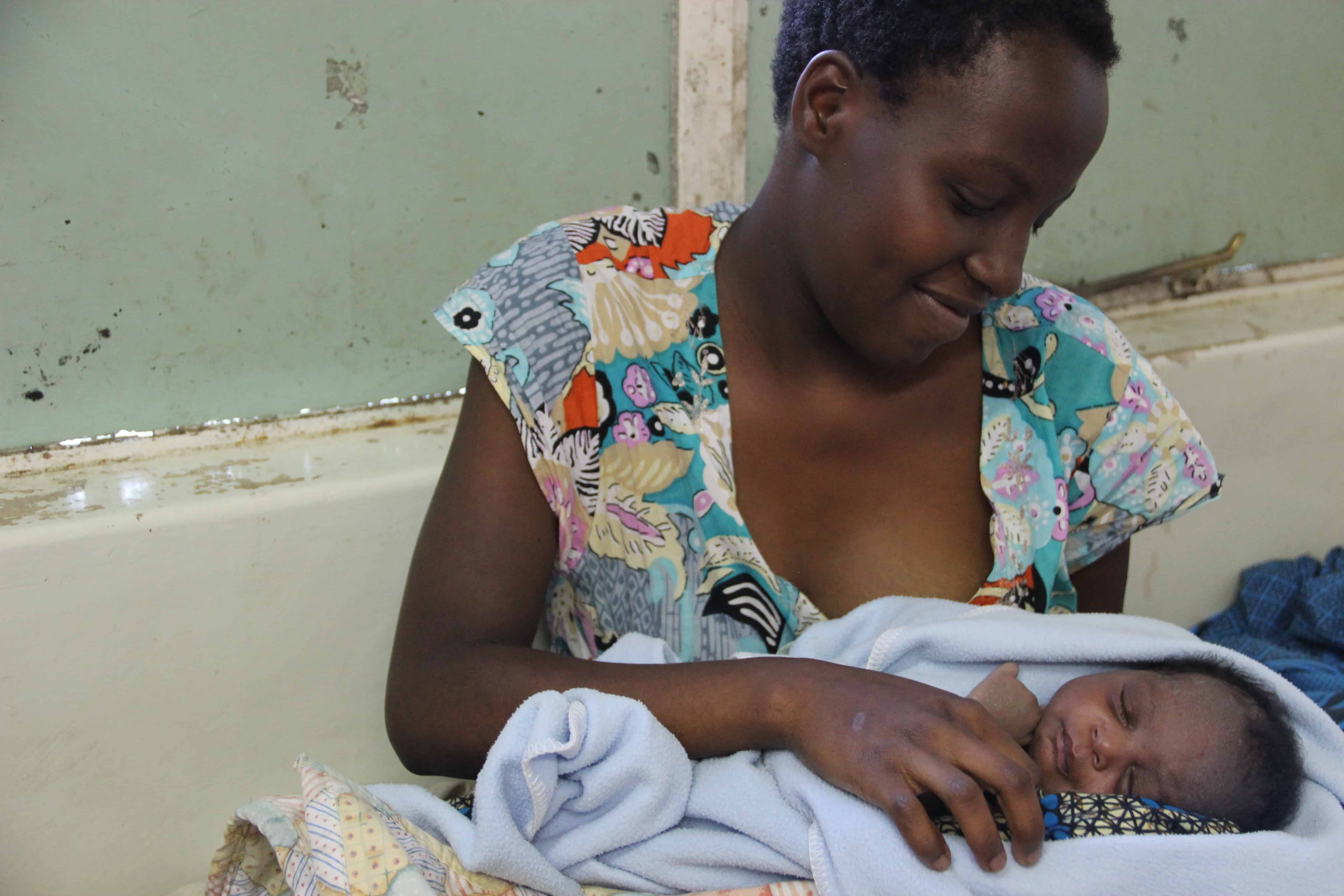December 16, 2016

A weekly roundup of news on drug resistance and other topics in global health.
CDDEP Blog: Building Action and Consensus for Antimicrobial Stewardship in the United States. CDDEP guest blogger James M. Wilson, Director of the Nevada State Infectious Disease Forecast Station and the International Center for Medical Intelligence at the University of Nevada, writes about the struggle to get clinicians and management in the healthcare community to practice antibiotic stewardship at every level. As difficult as it is to establish stewardship in a facility, the greater challenge is to engage at the healthcare ecosystem level, with patients and their microbiomes—including resistant bacteria—moving freely among healthcare sites. Dr. Wilson writes, “My plea to every healthcare executive, Nevadan or otherwise, is to stop procrastinating and lead now, engage rather than resist, and champion active antimicrobial stewardship at every level within your professional reach.” [CDDEP]
United Nations adopts draft resolution on global health challenges. The United Nations has called on Member States to consider health issues when formulating foreign policy, toward both improving public health and fostering development. “Global health and foreign policy: health employment and economic growth,” calls for promoting equal access to health services and developing response systems for outbreaks and emergencies. It encourages investment in a robust and effective healthcare workforce by promoting fair pay, as well as safe and decent working conditions, which will drive economic growth. The resolution supports technology transfer arrangements with the aim of increasing affordable access to medicines and related technologies. The General Assembly also decided to hold a high-level meeting in 2018 on the fight against tuberculosis. [United Nations]
Child mortality has fallen globally, but progress is uneven. In an update of global, regional, and national causes of under-5 mortality (U5MR) between 2000-2015, researchers report in The Lancet that child mortality has fallen globally by 35 per 1000 livebirths, but not evenly across the globe. Numbers of deaths and death rates are still highest in sub-Saharan Africa, where pneumonia is the leading cause of U5MR; and Asia, where pre-term birth complications lead the list. In a related Lancet comment Dr. Peter Byass writes, “That 6 million under-5 children continue to die every year in our 21st century world is unacceptable, but even worse is that we seem collectively unable to count, and hence be accountable for, most of those individual deaths.” [Lancet study, Lancet comment]
Is pre-prescription authorization of antibiotics more effective for stewardship than post-prescription review? A study in Clinical Infectious Diseases finds that post-prescription review with feedback (PPRF) may have more of an impact on decreasing days of antibiotic therapy compared with pre-prescription authorization (PPA). Researchers compared two groups: 2,686 patients treated by prescribers following PPA and 2,693 patients treated by prescribers following PPRF. In the PPA group, the median patient-days on antibiotics was 8 per 1,000 and in the PPRF group, 6 per 1,000. [Clinical Infectious Diseases],
An Essential Diagnostics List (EDL) to accompany the WHO Model List of Essential Medicines (EML). The Model List of Essential Medicines (EML), maintained by the World Health Organization (WHO) since 1977, has significantly improved global access to medicines. Infectious disease experts write in Forbes that diagnostics deserve as much attention as vaccines and medicines, listing the numerous benefits of improved global access to diagnostic testing. [Forbes]
Simplified antibiotic regimens, when referral isn’t possible. The Simplified Antibiotic Therapy Trial (SATT), published in Lancet Global Health, was designed to provide effective treatment to young infants with severe bacterial infections, but without signals of critical illness, who do not receive care in higher-level centers in Pakistan. This is an important group because up to three-quarters of families of sick young infants in Karachi refuse hospital admission because of the high opportunity costs of treatment far from home, despite free transport and treatment. Infants were randomly assigned to 1) intramuscular procaine benzylpenicillin and gentamicin for one week (reference treatment), 2) oral amoxicillin twice daily and intramuscular gentamicin once daily for one week, or 3) intramuscular procaine benzylpenicillin and gentamicin once daily for two days, followed by oral amoxicillin twice daily for five days. Both simplified antibiotic regimens, requiring fewer injections, were as effective as the reference treatment, suggesting the possibility of expanded access to effective treatment for this vulnerable group. [Lancet GH study]
Identifying shorter, safer drug regimens for tuberculosis. A study in Lancet Infectious Diseases examines the potential of shorter drug regimens for treating rifampicin-sensitive, previously untreated pulmonary tuberculosis in several sites in South Africa and Tanzania. Between May 2013 and March 2014, researchers assigned 365 patients to a reference treatment (combination of rifampicin, isoniazid, pyrazinamide, and ethambutol) or one of four experimental treatments with varying levels of rifampicin in combination with either ethambutol, moxifloxacin, or SQ109. The results indicate that 35 mg/kg rifampicin (the highest dose tested) with 15-20 mg/kg ethambutol was safe, reduced the time to culture conversion to more quickly indicate progress, and has the potential to speed regimen development at a reduced cost. [Lancet ID]
Antibiotic-contaminated seafood may pose a threat during the holidays. Chinese scientists estimated in 2013 that the Pearl River estuary – bordering Guangzhou, Shenzhen, Hong Kong, and Macau – received 193 metric tons (213 tons) of antibiotics per year. The U.S. FDA monitors imported farm-raised seafood from China, though an investigation by Bloomberg Businessweek journalists finds that distribution networks are often “murky.” [Bloomberg]
Image via DFID – UK Department for International Development (CC BY-SA 2.0)











